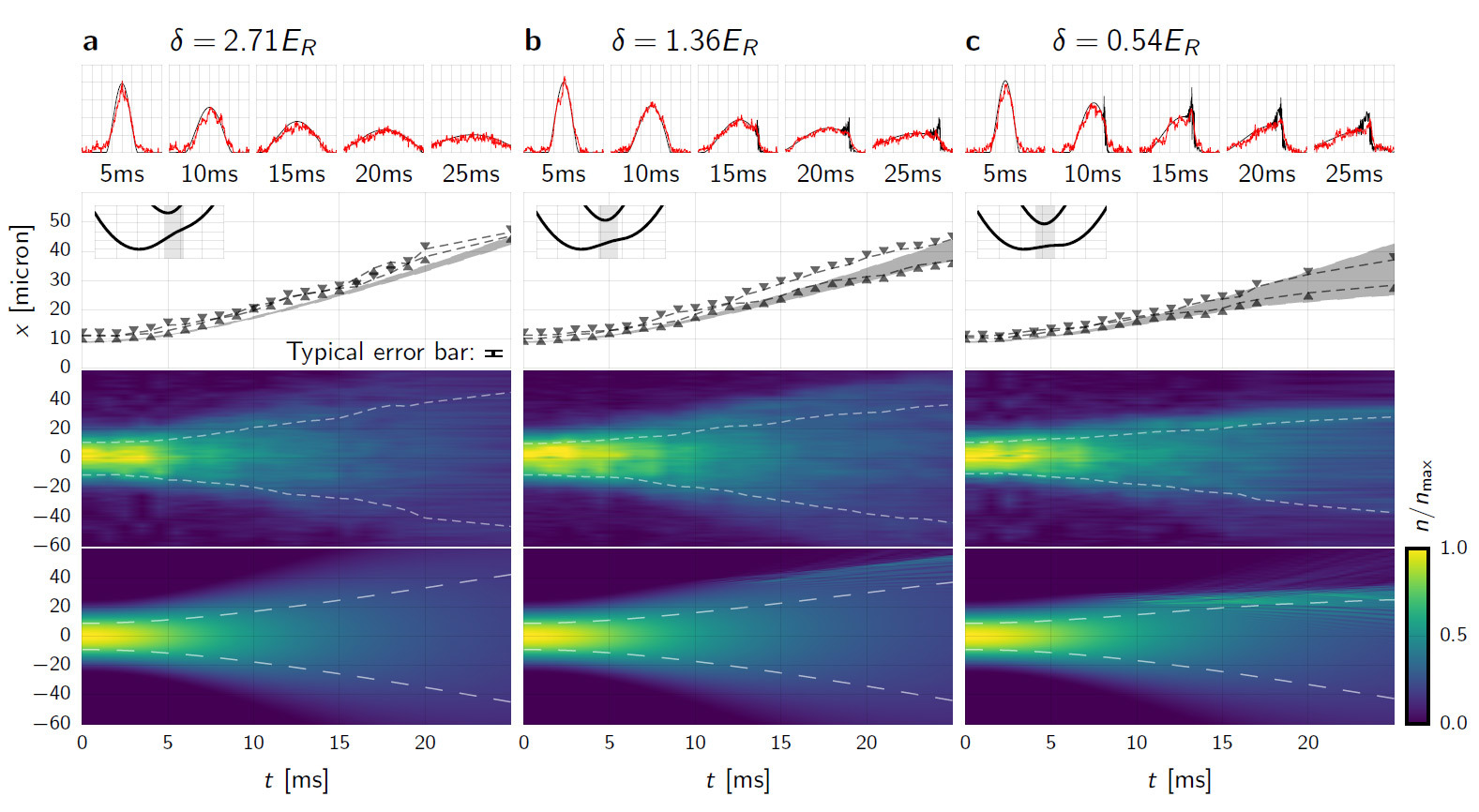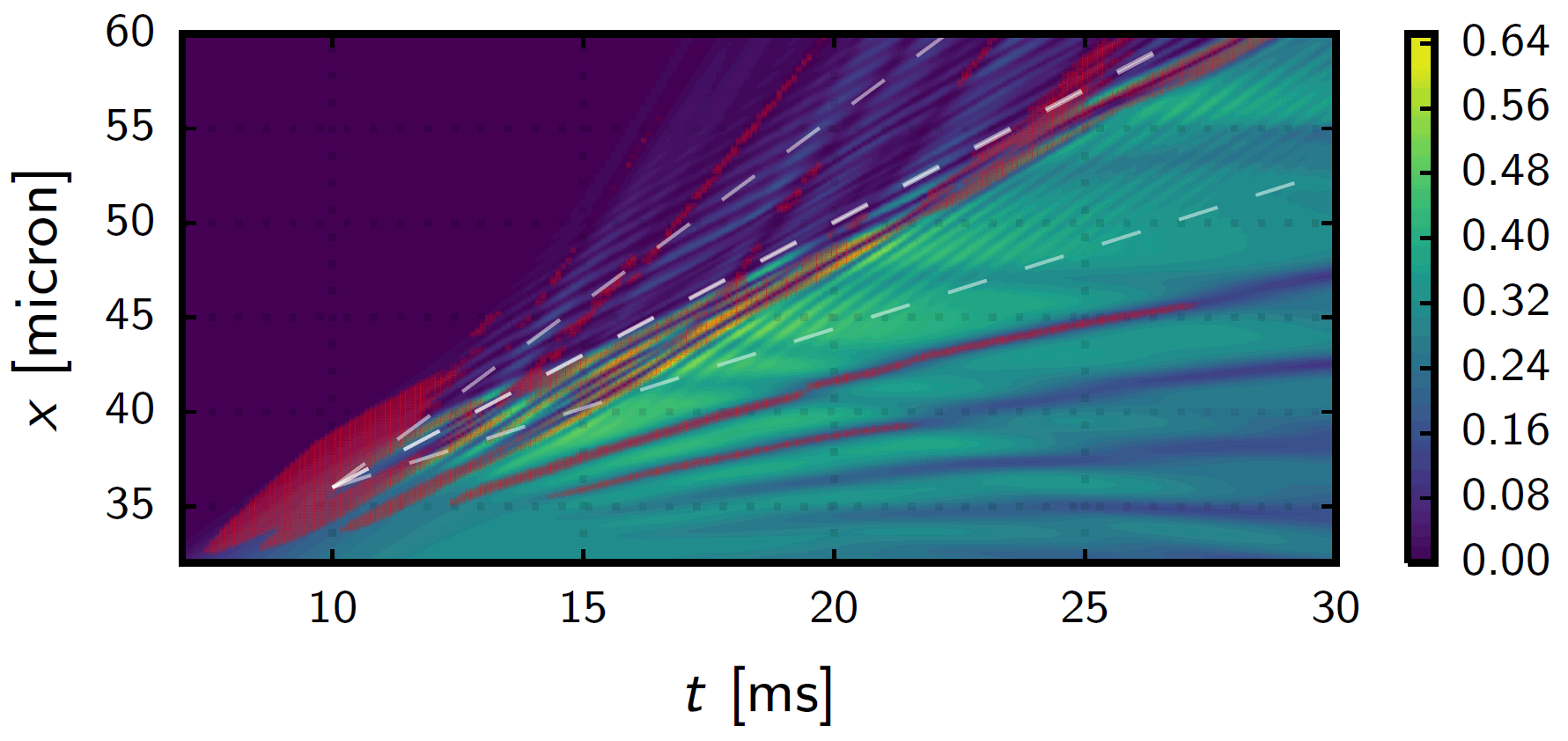Created a substance with negative mass properties

Hypothetical wormhole in space-time
In theoretical physics, negative mass is the concept of a hypothetical substance, the mass of which has the opposite value of the mass of a normal substance (just as an electric charge is positive and negative). For example, −2 kg. Such a substance, if it existed, would violate one or more energy conditions and exhibit some strange properties. According to some speculative theories, a substance with a negative mass can be used to create wormholes (wormholes) in space-time.
Sounds like absolute fiction, but now a group of physicists from the University of Washington, Washington University, OIST University (Okinawa, Japan) and Shanghai University managed to get a substance that exhibits some of the properties of a hypothetical material with negative mass. For example, if you push this substance, it will accelerate not in the direction of the application of force, but in the opposite direction. That is, it accelerates in the opposite direction.
To create a substance with negative mass properties, scientists have prepared Bose - Einstein condensate, cooling rubidium atoms to almost absolute zero. In this state, the particles move extremely slowly, and quantum effects begin to appear at the macroscopic level. That is, in accordance with the principles of quantum mechanics, particles begin to behave like waves. For example, they synchronize with each other and flow through the capillaries without friction, that is, without losing energy - the effect of the so-called superfluidity .
')
In the laboratory at the University of Washington, conditions were created for the formation of Bose-Einstein condensate in a volume of less than 0.001 mm³. The particles slowed down with a laser and waited until the most energetic of them left the volume, which cooled the material even more. At this stage, the supercritical fluid still had a positive mass. If the tightness of the vessel is disturbed, the rubidium atoms would scatter in different directions, since the central atoms would push the outer atoms out, and they would accelerate in the direction of the force.
To create a negative effective mass, physicists used a different set of lasers, which changed the spin of some of the atoms. As the simulation predicts, in certain areas of the vessel the particles must acquire a negative mass. This is clearly seen from the sharp increase in the density of a substance as a function of time in simulations (in the lower diagram).

Figure 1. Anisotropic expansion of Bose - Einstein condensate with different coefficients of adhesion. The real results of the experiment are marked in red, the results of the prediction in the simulation are black.

The bottom diagram is an enlarged fragment of the middle frame in the bottom row of Figure 1.
The lower diagram shows a one-dimensional simulation of the overall density as a function of time in the region where dynamic instability first manifested itself. The dotted lines are divided into three groups of atoms with speeds in quasimoment where effective mass starts to become negative (top line). A point of minimum negative effective mass (middle) and a point where the mass returns to positive values (bottom line) is shown. Red dots denote the places where the local quasimoment lies in the region of negative effective mass.
On the very first row of graphs, it can be seen that during the physical experiment the substance behaved in exact accordance with the results of the simulation, which predicts the appearance of particles with a negative effective mass.
In the Bose - Einstein condensate, particles behave like waves and therefore propagate in the wrong direction in which normal particles of positive effective mass should propagate.
To be fair, it must be said that physicists repeatedly recorded results during experiments when the properties of a substance of negative mass were manifested , but those experiments could be interpreted differently. Now, uncertainty is more eliminated.
The scientific article was published on April 10, 2017 in the journal Physical Review Letters (doi: 10.1103 / PhysRevLett.118.155301, available by subscription). A copy of the article before being sent to the journal is posted on December 13, 2016, and is freely available on the website arXiv.org (arXiv: 1612.04055).
Source: https://habr.com/ru/post/403145/
All Articles